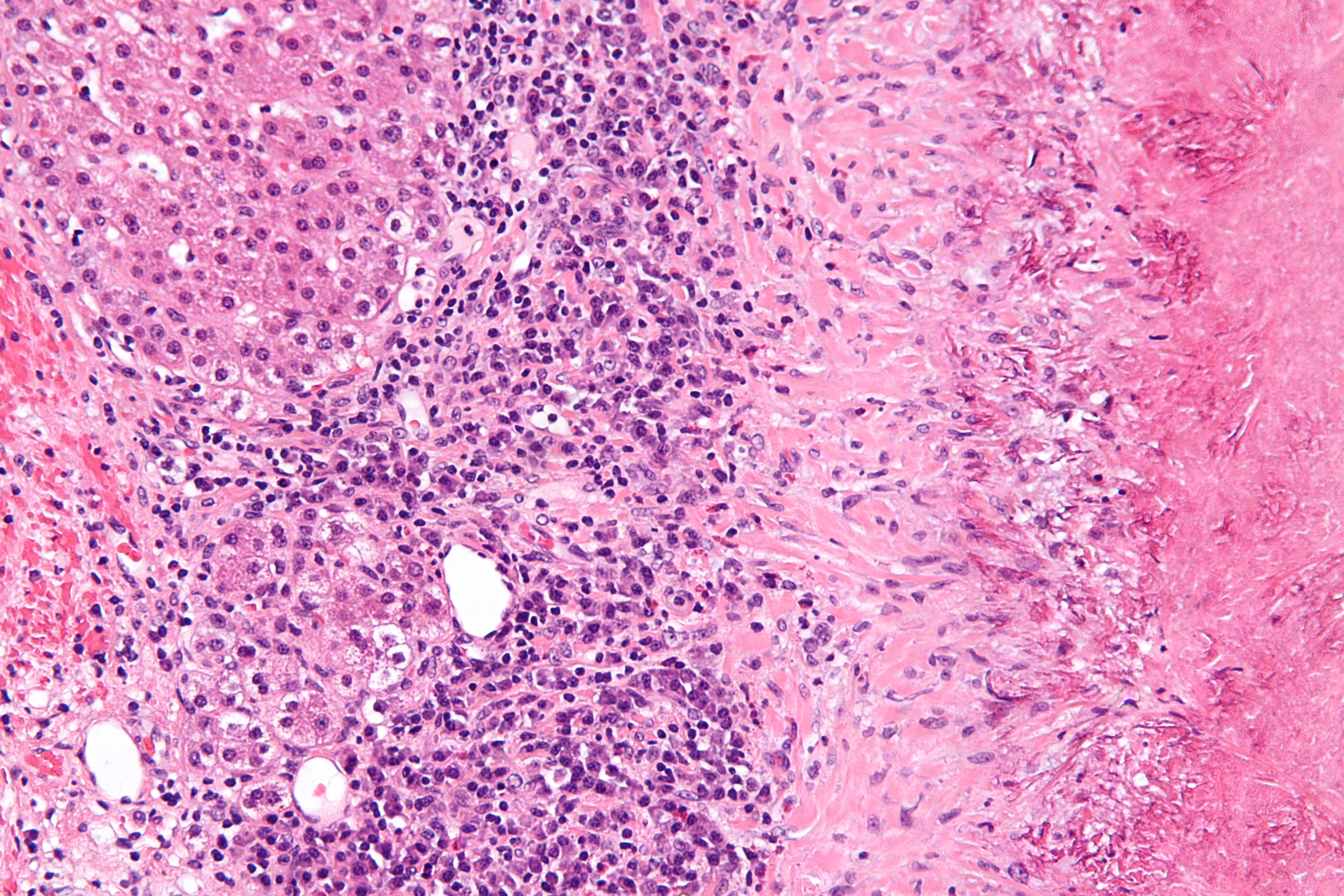 |
If you're looking for the 2014 archive, it can be found here. |
Featured article of the week archive - 2015
Welcome to the LIMSwiki 2015 archive for the Featured Article of the Week.
Featured article of the week: January 12–18:
A scientific data management system (SDMS) is a piece or package of software that acts as a document management system (DMS), capturing, cataloging, and archiving data generated by laboratory instruments (HPLC, mass spectrometry) and applications (LIMS, analytical applications, electronic laboratory notebooks) in a compliant manner. The SDMS also acts as a gatekeeper, serving platform-independent data to informatics applications and/or other consumers.
As with many other laboratory informatics tools, the lines between a LIMS, ELN, and an SDMS are at times blurred. However, there are some essential qualities that an SDMS owns that distinguishes it from other informatics systems. It's built to handle unstructured, mostly heterogeneous data; it typically acts as a seamless "wrapper" for other data systems like LIMS and ELN in the laboratory; and it is designed primarily for data consolidation, knowledge management, and knowledge asset realization. An SDMS also must be focused on increasing research productivity without sacrificing data sharing and collaboration efforts. (Full article...)
Featured article of the week: January 5–11:
 The Centers for Disease Control and Prevention (CDC) is the national public health institute of the United States. The CDC is a federal agency under the Department of Health and Human Services and is headquartered in Atlanta, Georgia. Its main goal is to protect public health and safety through the control and prevention of disease, injury, and disability. The CDC focuses national attention on developing and applying disease control and prevention. It especially focuses its attention on infectious disease, food borne pathogens, environmental health, occupational safety and health, health promotion, injury prevention, and educational activities designed to improve the health of United States citizens. The CDC combats emerging diseases and other health risks, including birth defects, West Nile virus, avian influenza, swine influenza, pandemic flu, E. coli, and bioterrorism, to name a few. In addition, the CDC researches and provides information on non-infectious diseases such as obesity and diabetes and is a founding member of the International Association of National Public Health Institutes.
The CDC has one of the few biosafety level 4 laboratories in the country, as well as one of only two official repositories of smallpox in the world. The second smallpox store resides at the State Research Center of Virology and Biotechnology VECTOR in the Russian Federation. (Full article...)
|
Featured article of the week: December 29–January 4:
Histopathology is a branch of histology and pathology that studies and diagnoses diseases on the tissue and cellular level. While histopathology is closely related to cytopathology, the main difference is diagnostic information gained from histopathology is acquired from solid tissue samples, whereas specific disaggregated cell preparations are used in cytopathology. Typically a biopsy or surgical specimen is examined by a pathologist after the specimen has been processed and histological sections have been placed onto glass slides. Testing typically incorporates several stages, from collection and preparation using numerous methods (depending on the sample and test type) down to examination.
Rudolf Ludwig Karl Virchow is considered by many to be one of the fathers of cellular pathology, remembered most for his collection of lectures on the topic, published as Cellular Pathology in 1858. However, his assistant, David Paul von Hansemann also played an important role in the progress of histopathology during the 1890s, producing his book The Microscopic Diagnosis of Malignant Tumours and other important research. (Full article...)
|
|












